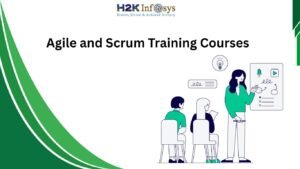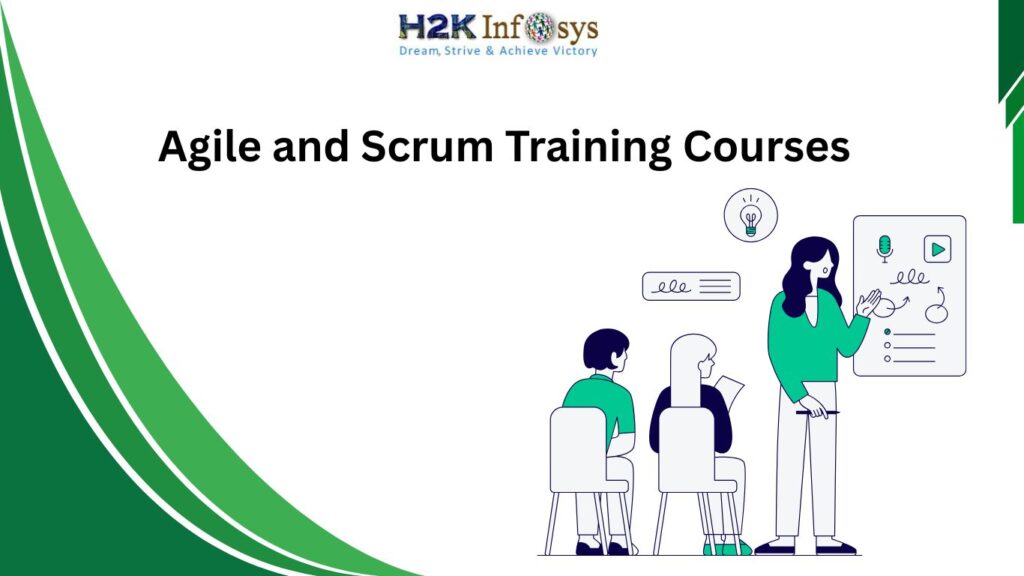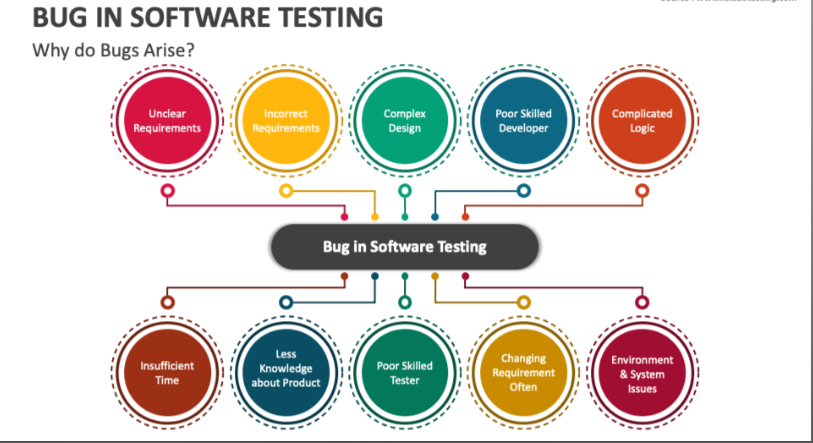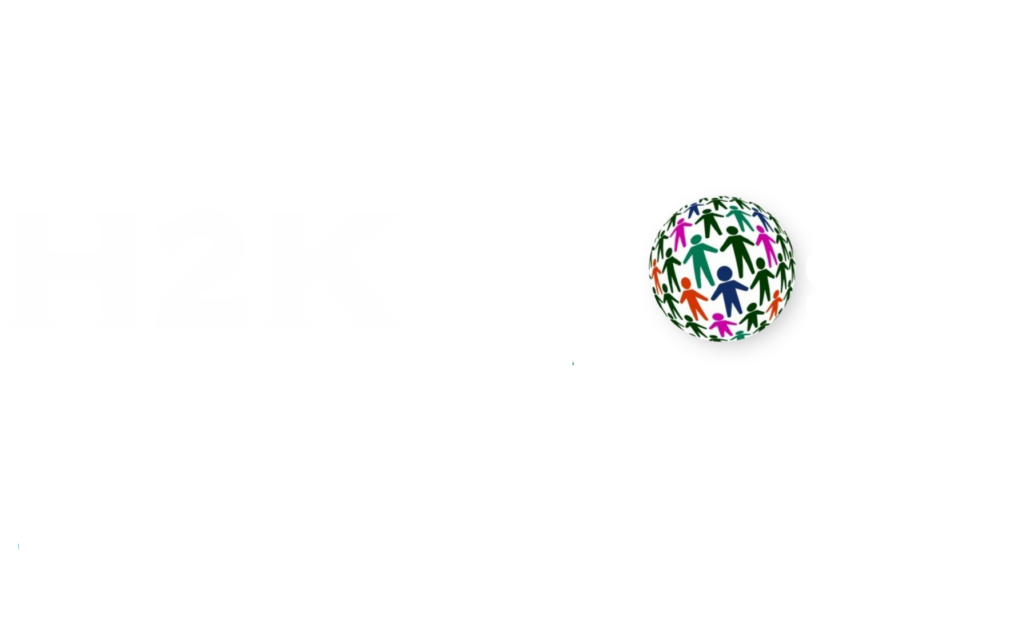Introduction
In the fast-paced software development environment, testing plays a crucial role in ensuring the quality, performance, and reliability of applications. As software systems become more complex and user expectations continue to rise, it is more important than ever to have robust testing processes in place. With the growing adoption of Agile methodologies and DevOps practices, organizations are increasingly shifting towards automation testing to improve not only efficiency but also the accuracy and scalability of their testing efforts. Automation helps teams keep up with the rapid pace of development and ensures that applications are continuously tested throughout the development lifecycle.
One of the leading automation tools in the industry is the TOSCA Automation Tool, a model-based testing tool developed by Tricentis. TOSCA stands out in the market because of its ability to automate even the most complex test cases with minimal effort. By focusing on model-based test automation, it enables users to create reusable test components, reducing redundancy and ensuring a more efficient testing process. Additionally, TOSCA Automation Tool minimizes maintenance efforts by adapting to changes in the application without requiring significant rework on the test scripts. The TOSCA Automation Tool ensures comprehensive test coverage across different platforms, supporting both functional and non-functional testing needs, and ultimately helping teams deliver high-quality software faster and with greater confidence.
What is Automation Testing?
Automation testing is a software testing technique that leverages specialized tools and frameworks to execute test cases automatically, without the need for human intervention. This approach eliminates the manual execution of repetitive test cases, significantly reducing both the time and effort required while simultaneously enhancing the accuracy of test results.
Unlike manual testing, where human testers follow predefined steps to validate expected outcomes, automation testing relies on pre-scripted test cases and advanced tools to carry out these actions systematically. By doing so, it minimizes the risk of human errors and ensures consistent test execution across different environments.
The primary objective of automation testing is not to replace manual testing entirely but to act as a complementary approach. It is particularly beneficial for handling repetitive, time-consuming, and complex test scenarios that demand a high degree of precision and consistency. Through automation, teams can execute extensive test cases more efficiently, accelerating the software development lifecycle while maintaining quality assurance.
Automation testing is widely implemented in various key areas, including:
- Regression Testing: Ensuring that newly introduced changes, updates, or bug fixes do not negatively impact the existing functionality of an application.
- Load Testing: Evaluating system performance under high user loads to determine its stability, responsiveness, and scalability.
- Functional Testing: Validating whether an application’s features and functionalities work as expected according to predefined requirements.
- API Testing: Testing backend services, data exchanges, and system integrations to ensure seamless communication between different components of an application.
Automation testing enables faster software delivery cycles, supports continuous testing, and provides better test coverage than manual testing.
Manual Testing vs Automation Testing
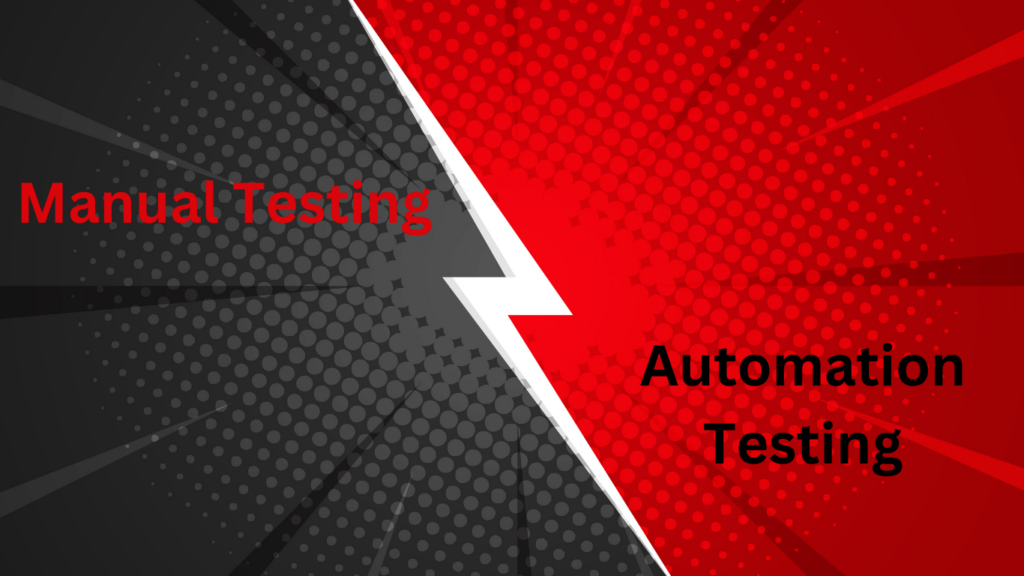
What is Manual Testing?
Manual testing is a software testing process where testers execute test cases manually without relying on automation tools. This approach is particularly useful for exploratory testing, usability testing, and ad-hoc testing, where human intuition, creativity, and judgment play a crucial role in identifying defects.
Despite its advantages, manual testing has certain drawbacks. It is a time-consuming process that requires significant effort, making it less efficient for repetitive test scenarios. Additionally, since it is performed by humans, the likelihood of errors is higher, which can impact the accuracy and reliability of the results.
What is Automation Testing?
Automation testing, on the other hand, involves using specialized software tools to execute predefined test cases automatically. It is particularly beneficial for regression testing, performance testing, and scenarios that require large-scale execution.
Although the initial setup of automation testing requires a considerable investment in tools and scripting, it significantly reduces testing time and costs in the long run. By eliminating manual intervention, it enhances efficiency, improves accuracy, and allows testers to focus on more complex testing tasks that require human insights.
Comparison Table
| Aspect | Manual Testing | Automation Testing |
| Execution Speed | Slow, depends on human effort | Fast, runs automatically |
| Accuracy | Prone to human errors | Highly accurate and reliable |
| Test Coverage | Limited | Comprehensive coverage |
| Cost | Lower initial cost, but expensive in the long run | Higher upfront cost, but cost-effective over time |
| Suitability | Best for usability and exploratory testing | Best for regression, performance, and repetitive tasks |
| Maintenance | No maintenance required | Requires script maintenance |
While manual testing is indispensable for areas requiring human judgment, automation testing is necessary for achieving efficiency in modern software development.
Benefits and Limitations of Automation Testing
Benefits of Automation Testing:
Faster Execution: Automated tests are designed to execute multiple test cases simultaneously. This capability drastically reduces the overall time needed for test execution, making it possible to cover more ground in a shorter period.
Higher Accuracy: Automation removes the risk of human errors, which can often lead to unreliable results. By relying on pre-programmed scripts, automated testing ensures that tests are executed consistently and accurately every time.
Improved Test Coverage: Automation allows tests to be executed across various browsers, devices, and platforms, helping to ensure that your software works seamlessly in diverse environments. This improved test coverage can lead to better product quality and user satisfaction.
Reusable Test Cases: Once test scripts are developed, they can be reused across different projects and environments, saving time and effort. This reusability increases efficiency and reduces the need to create new tests from scratch for every new project.
Seamless CI/CD Integration: Automation testing is an integral part of the continuous integration and continuous deployment (CI/CD) pipeline. It supports continuous testing, allowing for quicker feedback loops and faster identification of issues in the development cycle.
Cost Efficiency: Although automation requires a significant initial investment in terms of tools, infrastructure, and skilled professionals, it is cost-effective in the long run. The reduction in manual testing efforts leads to lower overall testing costs, making automation a valuable investment over time.
Limitations of Automation Testing:
Initial Setup Cost: Implementing automation testing involves a high upfront cost. This includes expenses related to purchasing testing tools, setting up the necessary infrastructure, and hiring professionals who are skilled in automation testing.
Maintenance Efforts: As applications evolve, test scripts need to be updated to reflect these changes. This ongoing maintenance can be time-consuming and require additional resources to ensure that automated tests remain relevant and accurate.
Not Suitable for Exploratory Testing: Automation testing cannot replicate human intuition, creativity, and adaptability. For tasks that require exploration, discovery, or subjective judgment—such as exploratory testing—automation is not an appropriate solution.
Limited to Predefined Scenarios: Automated tests are designed to follow specific, predefined steps. As a result, they are not capable of adapting to unexpected user behavior or handling situations that were not anticipated during test script creation. This limitation means that automation cannot fully replicate real-world usage patterns.
Tool Selection Criteria
Selecting the right automation tool is crucial for effective testing and development. To make an informed decision, consider the following factors:
Ease of Use
Choose a tool that is user-friendly and doesn’t require extensive coding knowledge. A tool with an intuitive interface will help reduce the learning curve and make automation more accessible.
Technology Compatibility
Ensure the tool supports various types of testing, such as web, mobile, API, and desktop. This compatibility will provide the flexibility needed to test across different platforms and environments.
Integration with CI/CD Pipelines
The tool should integrate smoothly with your DevOps workflow, particularly with continuous integration and continuous deployment (CI/CD) pipelines. This ensures efficient automation and faster release cycles.
Cost & Licensing
Assess the cost of the tool to ensure it fits within your budget. Also, review the licensing model to make sure it meets your needs, whether it’s for a single user or a team.
Support & Community
A strong support system and an active user community are essential. They can help resolve issues quickly and offer valuable insights into maximizing the tool’s effectiveness.
What is TOSCA?
TOSCA Automation Tool is a powerful enterprise-level automation testing tool that has been developed by Tricentis. It stands out in the field of software testing by utilizing a model-based testing approach, which significantly reduces the need for extensive scripting. This makes the testing process more efficient and less time-consuming. With TOSCA’s scriptless test automation capabilities, organizations can perform tests without the complexities of writing intricate scripts. Additionally, TOSCA Software Automation incorporates AI-powered features and employs a risk-based testing approach. These features work together to simplify the testing process, making it accessible and effective for organizations of all sizes, from small businesses to large enterprises.
Key Features of TOSCA:
Model-Based Testing (MBT):
TOSCA Automation Tool leverages a model-based testing approach, automating the creation of test cases through a graphical model instead of relying on complex scripting. This visual representation simplifies the process, allowing testers to design tests more intuitively and efficiently.
Risk-Based Testing (RBT):
With Risk-Based Testing, TOSCA Automation Tool helps prioritize test cases based on their potential impact. By focusing on critical test cases first, it ensures that the most important functionality is tested thoroughly, optimizing the overall testing process.
Self-Healing Mechanism:
One of TOSCA’s standout features is its self-healing mechanism. When changes occur in the UI elements, TOSCA Automation Tool automatically updates the associated scripts to reflect these changes. This minimizes the need for manual intervention and ensures that the tests remain valid, even after modifications to the interface.
Data-Driven Testing:
TOSCA Automation Tool supports data-driven testing, allowing for the execution of tests with different data sets. This feature enables the parameterization of test cases, ensuring that the system is tested under various conditions and scenarios, providing more comprehensive coverage.
Cross-Platform Testing:
With TOSCA Automation Tool, testing is not limited to a single platform. TOSCA Automation Tool supports cross-platform testing, making it possible to test applications across web, desktop, mobile, and API environments. This flexibility ensures that the application performs well on various platforms, expanding the testing coverage.
Seamless CI/CD Integration:
TOSCA Automation Tool integrates seamlessly with Continuous Integration and Continuous Deployment (CI/CD) tools, such as Jenkins and Azure DevOps. This ensures smooth automation of the testing pipeline, allowing for efficient testing within the CI/CD workflows and delivering faster feedback to the development teams.
TOSCA Components:
TOSCA Commander: This serves as the central hub for managing all your test cases and executions, providing a user-friendly interface for organizing and controlling testing activities.
TOSCA Executor: Responsible for running automated test cases, the TOSCA Executor ensures seamless execution across multiple environments, facilitating thorough testing on different platforms.
TOSCA API Scanner: This powerful tool enables robust API testing and validation, ensuring that APIs are functioning correctly and meeting the required specifications and performance standards.
TOSCA Test Repository: The TOSCA Test Repository acts as a secure storage solution, keeping all your test cases, execution logs, and results organized and easily accessible for review and analysis.
TOSCA BI: Through advanced analytics, TOSCA BI provides valuable business intelligence insights, allowing users to derive meaningful data from test automation results to enhance decision-making and improve testing strategies.
TOSCA vs. Selenium
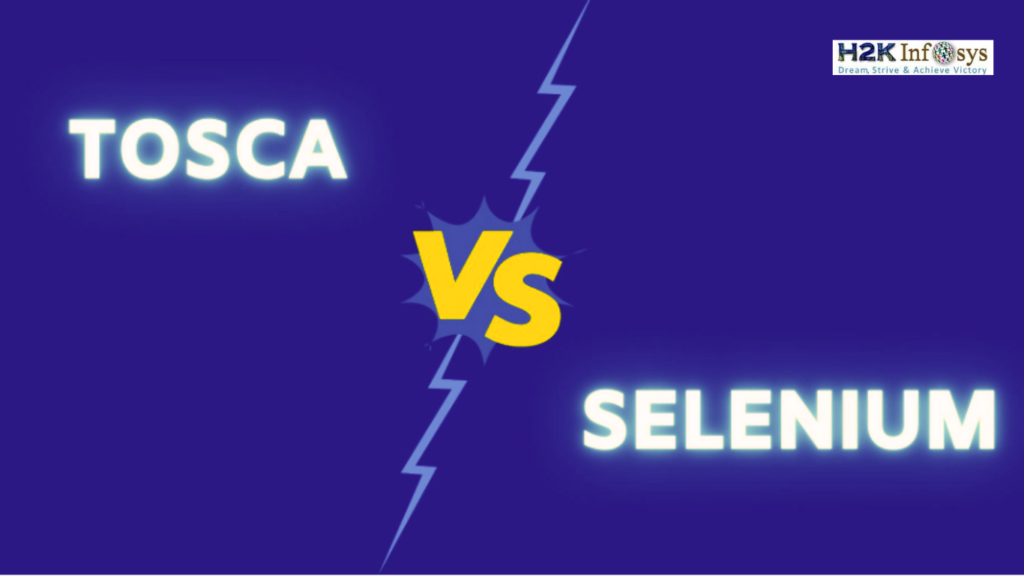
When it comes to test automation, TOSCA Automation Tool and Selenium are two of the most widely used solutions. However, despite their popularity, they cater to different types of users and testing requirements.
TOSCA Automation Tool is a codeless, model-based testing tool that simplifies test automation for enterprises by offering end-to-end testing capabilities. It is designed to support a wide range of applications, including web, mobile, desktop, and API testing, making it an ideal choice for organizations seeking a robust and scalable testing solution. On the other hand, Selenium is an open-source automation framework primarily used for web application testing, requiring programming knowledge to implement test scripts effectively.
One of the major advantages of the TOSCA Automation Tool is its scriptless approach, which allows even non-technical users to create automated test cases with ease. In contrast, Selenium requires proficiency in programming languages like Java, Python, or C#, making it more suitable for developers and testers with coding expertise. Additionally, Selenium lacks built-in support for test management and reporting, while TOSCA Automation Tool provides an integrated test suite with comprehensive reporting and analytics, streamlining the entire test automation lifecycle.
While both tools have their strengths, the choice between TOSCA Automation Tool and Selenium largely depends on the specific needs of a project. Organizations that require a low-code or no-code solution with extensive enterprise-level support often prefer TOSCA, whereas teams that focus primarily on web-based testing and prefer an open-source approach may opt for Selenium.
By understanding the core differences and strengths of TOSCA Automation Tool and Selenium businesses can make informed decisions about the best test automation framework to enhance their software testing efficiency and ensure high-quality application delivery.
| Feature | TOSCA | Selenium |
| Scriptless Testing | Yes | No, requires programming |
| Cross-Platform Support | Yes | Limited |
| Self-Healing | Yes | No |
| API Testing | Yes, built-in | Requires third-party tools |
| Risk-Based Testing | Yes | No |
| CI/CD Integration | Yes | Yes |
| Maintenance Effort | Low | High, requires frequent script updates |
| Test Case Reusability | High | Low |
| Learning Curve | Easier, no coding required | Steep, requires coding knowledge |
Why Choose TOSCA Over Selenium?
- Ease of Use: TOSCA Automation Tool provides a scriptless, model-based approach, reducing dependency on coding.
- Lower Maintenance: The self-healing mechanism automatically adapts to UI changes, reducing script maintenance efforts.
- Enterprise-Grade Support: Unlike Selenium, which is open-source and community-driven, TOSCA Automation Tool provides official support and training resources.
- Comprehensive Testing Capabilities: TOSCA Automation Tool supports API, mobile, and cross-browser testing out of the box, whereas Selenium requires third-party tools and integrations.
While Selenium is an excellent choice for developers looking for a cost-effective, open-source solution, TOSCA Automation Tool is better suited for enterprises requiring a robust, scalable, and low-maintenance test automation framework.
Conclusion
TOSCA Automation Tool is revolutionizing the automation testing landscape with its scriptless, model-based approach and risk-based testing methodology. Whether you are an automation tester, QA engineer, or software developer, learning TOSCA can enhance your career prospects. If you want to master this powerful tool, consider enrolling in a TOSCA Automation Tool Course or obtaining a TOSCA Certification to validate your expertise.
Automation is the future, and TOSCA Automation Tool is leading the way—are you ready to be a part of it?






